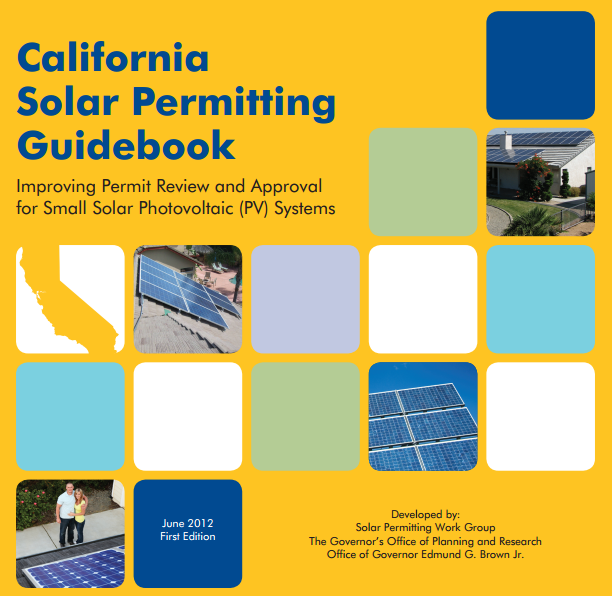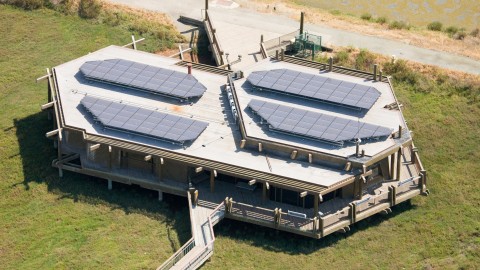Market Trend
ASTI Newsletter |February 2014 Edition | By Thomas Yurysta

California’s Permitting Guidebook contains information about current regulations, recommendations, and templates.
When strategies for reducing the soft costs of solar are on the table, attention is typically focused on actions at the local jurisdictional level. While local action is critical for success, several states have recently implemented pioneering initiatives to reduce soft costs that have resulted in immediate, positive impacts in local solar markets.
Vermont was one of the first states to pursue soft cost improvements at the state level. The Vermont Energy Act of 2011 contained innovative provisions designed to reduce solar soft costs. For systems up to 5 kW (later expanded to 10 kW), all installations statewide go through a common permitting process that guarantees turnaround in 10 days; much quicker than what had been in place. Vermont has also implemented a registration process for qualifying systems of 10 kW or less to replace a traditional permitting process. This expedited system exemplifies the Solar Roadmap’s P6 goal, as it helps reduce unnecessary scrutiny on smaller systems and saves time for both installers and permitting officials.
California, a much larger state with close to 500 jurisdictions, has taken a different approach to improving the permitting process. Rather than mandating process changes for all jurisdictions, the state released the California Solar Permitting Guidebook to assist local governments in pursuing improvements on their own. The Governor’s Office of Planning and Research drove the development of the Guidebook, convening a task force of over 50 representatives from across the solar industry. The Guidebook is designed to help permitting agencies improve permitting of small solar PV systems (<10 kW) and features a detailed interpretation of building codes which affect solar. It also contains template documents that local authorities can adopt to implement a standardized permit process.
New York has similarly developed and issued a model permitting process which can be adopted by jurisdictions statewide. The New York State Unified Solar Permit is a simple, 4-page document that serves as a model permit application form which can be adopted by municipalities statewide for the permitting of residential and small commercial PV systems under 12 kW. The New York State Energy Research and Development Authority (NYSERDA) is proactively reaching out to interested communities and offers a financial incentive of $2,500 to $5,000 for adopting the permit.
Washington State is currently developing new language for its State Building Code that if adopted would exempt qualifying PV systems from the need to obtain a building permit (though an electrical permit would still be required). The proposed code language outlines specific criteria that the PV installation would need to meet in order to qualify, among which are the roof type, racking system type, and weight limits.
The examples listed above highlight the potential for broad, state-level action to make a rapid and dramatic impact on soft cost reductions statewide. The ASTI team is helping to disseminate and propagate these state-level best practices in cities and counties across the country and these examples can be found in detail on the Solar Roadmap.





